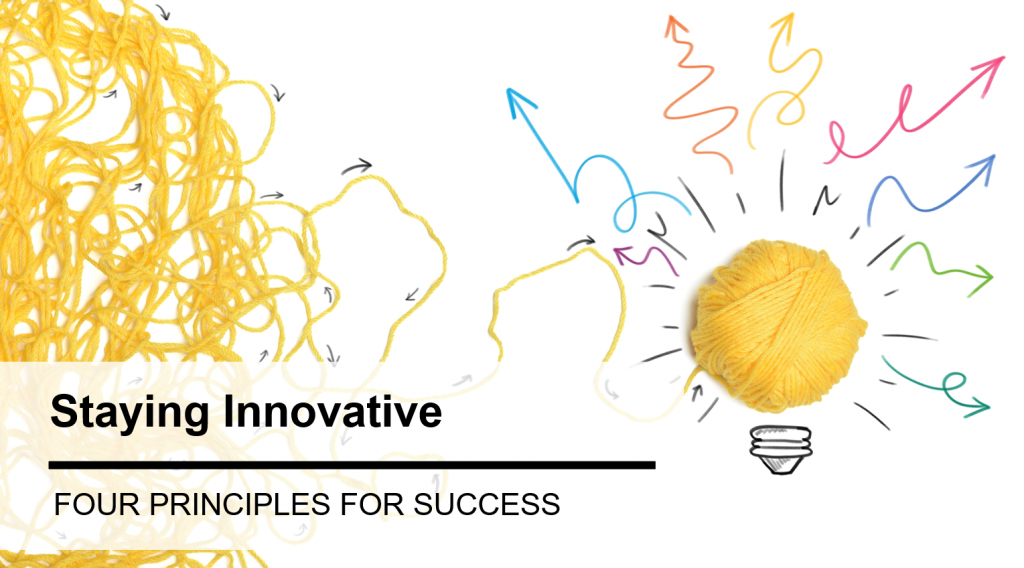Product innovation in the beverage space is essential to business success, profitability, and growth. While it seems like innovative ideas are everywhere, there are several challenges to overcome on the road to bringing a new beverage idea to market. Some of the hurdles beverage innovators face include:
- A highly competitive market
- Constant shifts in consumer demand and trends
- Intense price competition
- Fluctuating pricing and availability of raw materials and supplies
- Increasing changes in the regulatory environment
Despite the difficulty, beverage innovation is still going strong. According to Mintel’s Global New Product Database, in 2019, the three food categories with the most significant shares of overall new product introductions were beverages, snacks, and bakery foods. Here are the fundamental principles that help beverage companies bring successful new concepts to life.
1. Know Thy Customer
The most successful beverages start with an in-depth understanding of the customer they are designing the product for. It’s more than a hunch. Winning innovators invest time and effort in gathering quantitative and qualitative data about their target market. Understanding your market and the problem you’re solving for them is the backbone of successful new product innovation. Use research, interviews, listening sessions, and feedback from customers to guide your design and approach.
2. Adopt an Innovation Mindset
Some of the biggest barriers to innovation exist in the mind. Believing we have all the answers, falling into old patterns of thinking, and resisting change can prevent new ideas from forming and flourishing. An innovative mindset is one of openness and creativity combined with curiosity and courage. Innovators are resilient. They aren’t afraid to put big ideas out there, get feedback, make decisions, and keep moving forward.
Some practical steps for cultivating a more innovative mindset include embracing “yes and” conversations, practicing brainstorming, consistently asking questions, and challenging your assumptions. Confidence is another essential aspect of an innovation mindset. Believe in yourself and your team and what you are doing. Remember that creativity and innovation are not inherent skills; you can continuously improve them with practice.
3. Follow A Cohesive Process
While innovation involves a great deal of open creativity, there is room for a structure to bring new ideas to life more efficiently and effectively. An innovation process brings existing and new findings together to bring about new marketable solutions and products. Following a proven strategy for market innovation has several advantages:
- Moves you towards action: A process gives you steps to follow to get out of ideation and into phases of action that push the idea forward.
- Increases efficiency through alignment: An innovation process gets everyone on the same page regarding what steps to take when, what the goals are, and who is accountable for each action.
- Reduces the risk of failure: A good innovation process integrates decision points that allow for decisions to be made earlier in the process. More frequent decision points help companies avoid unnecessary development costs that would not have led to results.
- Creates documentation for decisions and learning: The innovation process sets up a transparent and traceable path with criteria and measurable goals to achieve a shared vision of success.
4. Create Strong Partnerships
In the fast-paced world of beverage innovation, a “go-it-alone” approach isn’t the best growth method. Collaboration allows you to harness others’ strengths and abilities to scale your innovation and solve new and complex challenges. Leaning into your core strengths, assessing your gaps, and supplementing them with wisdom and experience outside your company can move your idea forward faster and more efficiently than you could on your own. Working collaboratively with partners generates energy that fuels growth, innovation, and creativity. Developing value-aligned partnerships with common goals and complementary strengths is a critical aspect of successful innovation.
Companies that excel at innovation are poised to stand out from competitors, attract more customers, and grow faster than companies that don’t. The next big idea can come from anywhere at any time. By improving your focus on innovation, you improve the odds that it will come from you.


